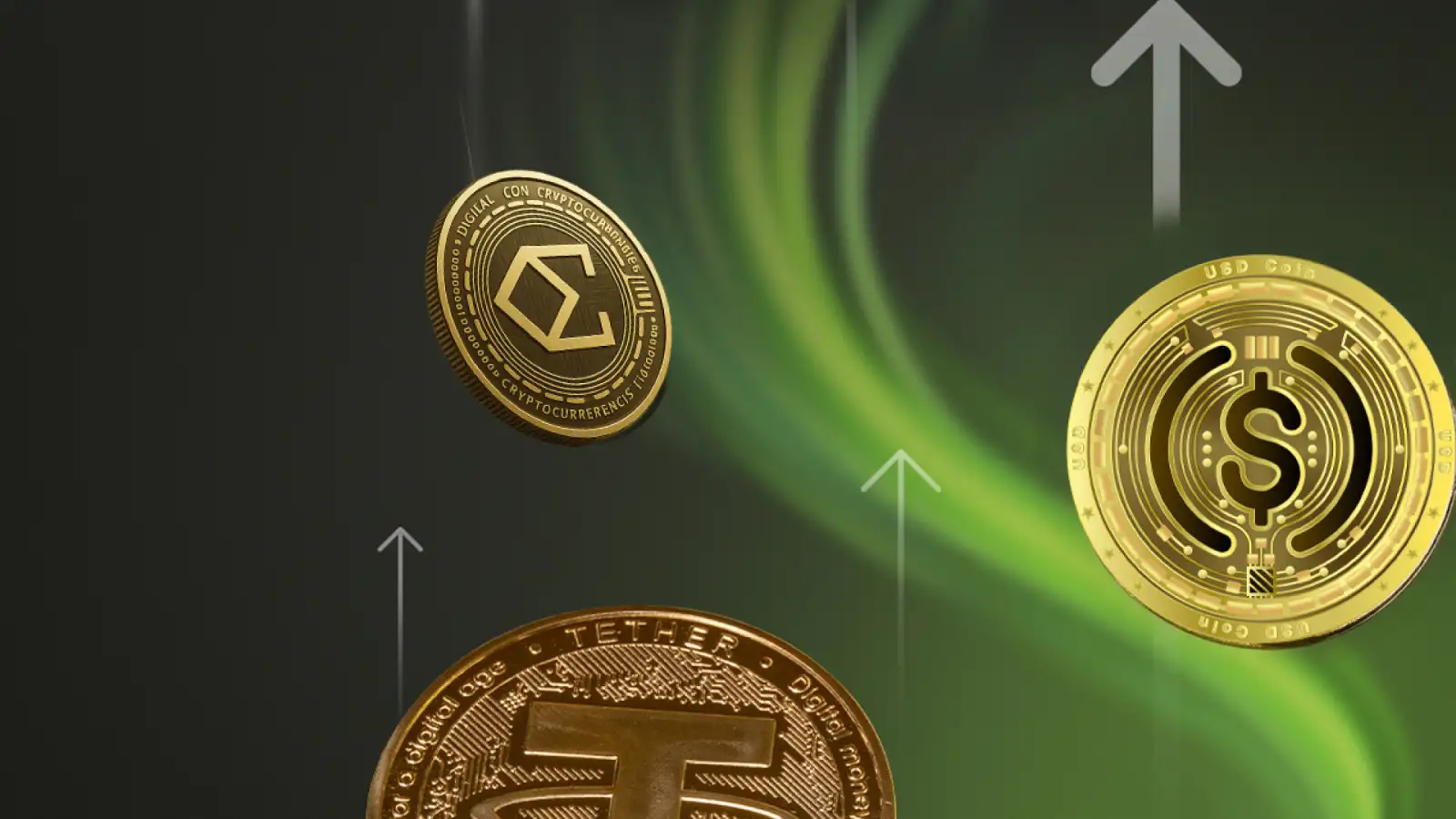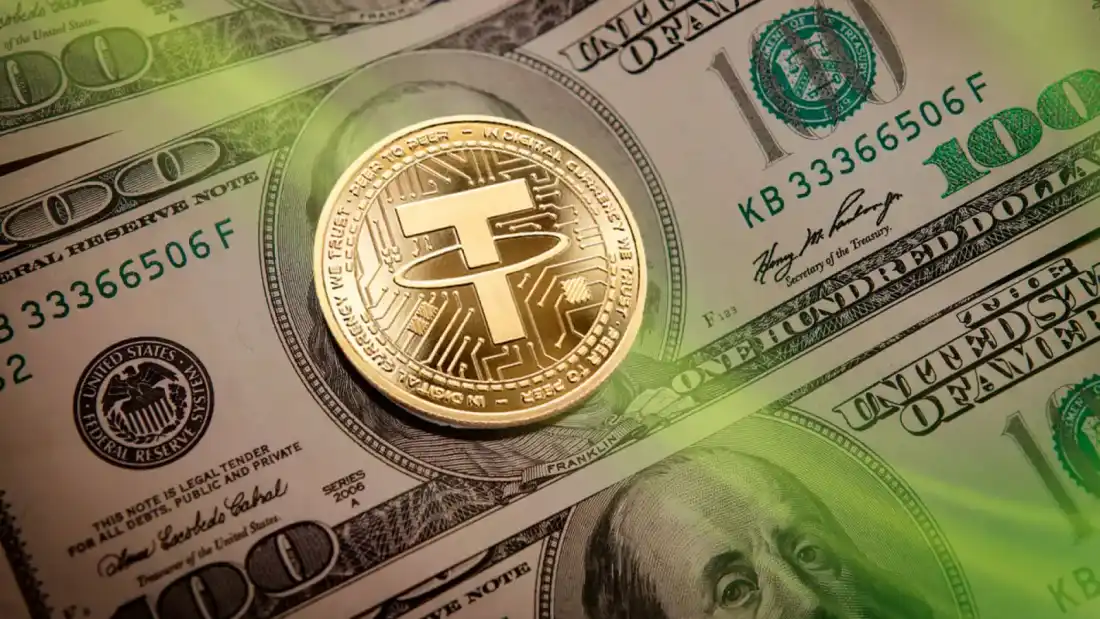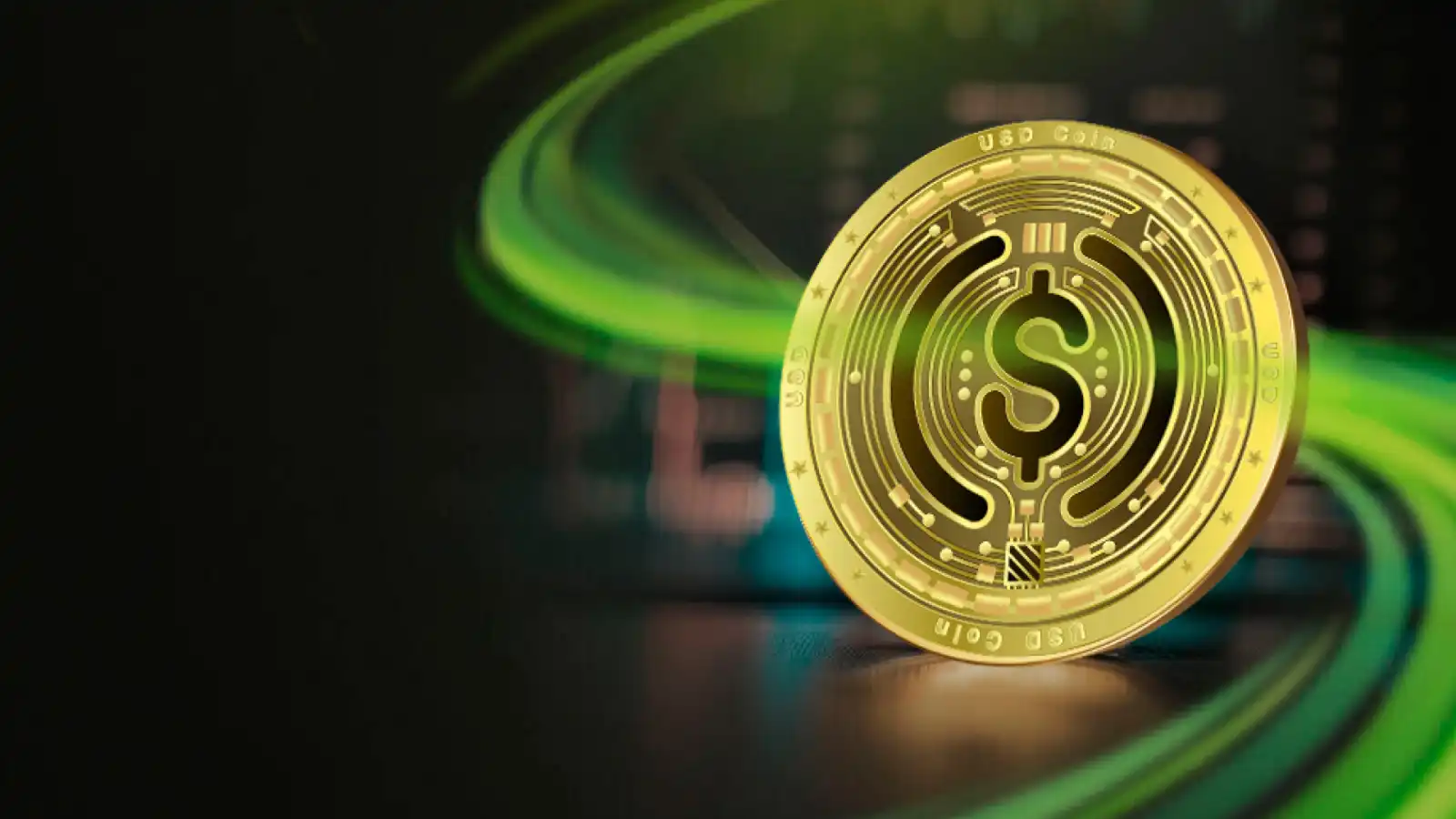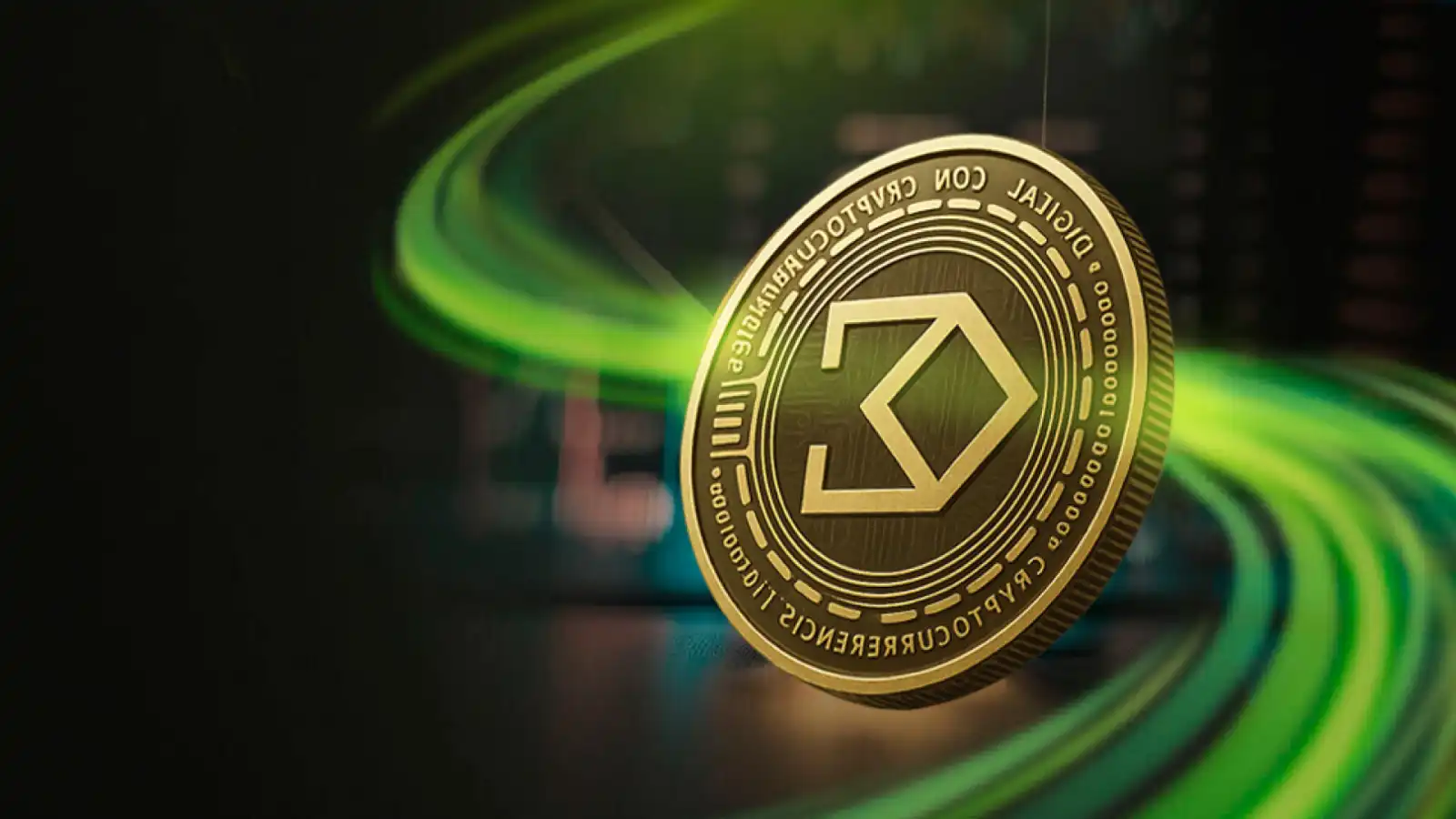Stablecoins: why everyone is talking about them

August 28, 2025 - Staff
From surging trading volumes to initiatives by governments and corporations, stablecoins are taking center stage in the crypto world.
Milan, August 28, 2025 - Stablecoins have become an increasingly central part of the cryptocurrency ecosystem. On July 7, former U.S. President Donald Trump signed the Genius Act, the first comprehensive regulatory framework for these crypto-assets in the United States, marking a pivotal step toward their institutionalization. As governments, corporations, and big tech players move to adopt or issue their own stablecoins, these digital assets are emerging as one of the key pillars of the new digital financial landscape.
What are Stablecoins and how do they work?
A stablecoin is a cryptocurrency designed to maintain a stable value over time, reducing the extreme volatility often associated with digital assets like Bitcoin. It is a non-speculative asset, created to provide reliability and continuity both as a means of payment and a store of value.
Stability is achieved by pegging the stablecoin to an underlying asset, such as:
- A traditional currency (e.g., the U.S. dollar)
- A commodity (e.g., oil)
- A precious metal (e.g., gold)
This peg is backed by real reserves held by the issuer and, in some cases, maintained through algorithmic mechanisms that dynamically balance supply and demand.
The success of stablecoins lies in their ability to combine the trustworthiness of fiat currencies with the advantages of blockchain technology-making them increasingly popular among users, businesses, and institutions.
The case of Tether and digital dollarization
The most widely used stablecoin today is Tether (USDT). Each USDT token is backed 1:1 by U.S. dollars held in reserve by Tether. This mechanism ensures user confidence by guaranteeing that every token is supported by real assets.
Tether’s usage has expanded far beyond crypto trading. In countries with unstable local currencies, Tether has become an alternative medium of exchange, helping people protect their purchasing power and driving a form of digital dollarization across emerging markets.
One of the main reasons behind its success is the speed and efficiency of cross-border payments: Tether enables instant, low-cost international transfers without banks or intermediaries.
Today, Tether is also among the top seven holders of U.S. Treasury securities, a testament to its growing influence and its connection to U.S. economic stability.

The Genius Act: U.S. regulation of stablecoins
Recognizing their growing importance, the U.S. administration has introduced a dedicated regulatory framework. On July 18, 2025, Donald Trump signed the Genius Act, the first comprehensive law governing the issuance and use of stablecoins in the U.S.
The law sets out clear principles of transparency, security, and user protection, including:
- The right to self-custody of stablecoins without relying on intermediaries
- Mandatory real asset reserves backing all issued tokens
- Priority reimbursement for holders in case of issuer insolvency
- Monthly audited reserve reports, verified by independent third parties
- Authority to block non-compliant stablecoins
- Anti-money laundering and counter-terrorism financing requirements
With this act, the Trump administration has sent a clear message: stablecoins are not a marginal phenomenon, but a structural component of future finance, to be regulated and integrated into the system.
By mandating that stablecoins be collateralized with U.S. Treasury securities, the Act strengthens U.S. debt markets while furthering the dollar’s global dominance-especially in emerging economies adopting these assets.
Alongside the Genius Act, Trump also signed the Clarity Act, a regulatory framework similar to the EU’s MiCA, governing crypto service providers.
Politics meets Crypto: the World Liberty Financial case
The U.S. administration’s focus on stablecoins extends beyond regulation. Alongside the Genius Act, a new initiative has stirred political and business circles alike: World Liberty Financial, a crypto company linked to the Trump family, has launched USD1, its own U.S. dollar-pegged stablecoin.
The move sparked debate over potential conflicts of interest between the president’s private ventures and public office, reigniting discussions on transparency in the intersection of politics and digital finance.
Controversies aside, the case highlights how stablecoins are no longer just financial instruments-they are strategic assets at the crossroads of technology, economics, and geopolitics.

South Korea opens up to Stablecoins
The U.S. isn’t alone in shaping the future of stablecoins. South Korean President Lee Jae-myung recently announced plans to introduce a bill supporting the issuance of stablecoins by domestic companies.
The proposal would require issuers to maintain a minimum capital of $368,000, aiming to foster financial innovation while ensuring stability and trustworthiness. If passed, it could make South Korea one of the first countries to establish a regulated private stablecoin market.
From Big Tech to Traditional Finance: who’s betting on Stablecoins?
Interest in stablecoins goes beyond governments. Some of the world’s largest corporations are exploring stablecoin-based solutions. Amazon and Walmart, for instance, are reportedly considering launching their own U.S. dollar-backed stablecoins to streamline customer payments.
Meanwhile, Meta-after shelving its Libra/Diem project-is now exploring the integration of existing stablecoins into Facebook, Instagram, and WhatsApp payment systems.
In traditional finance, Fidelity, one of the world’s leading asset managers, is reportedly evaluating its own stablecoin issuance-a sign that Wall Street is preparing to embrace this next evolution in money.

A strategic asset for the digital future
Stablecoins have moved from niche crypto tools to foundational elements of the digital economy. Their stability, usability, and ability to bridge fiat and crypto worlds make them indispensable in the ongoing transformation of global finance.
With regulatory clarity advancing, major corporations entering the space, and political interest at an all-time high, stablecoins are no longer optional-they’re shaping the future of money itself.
Open an account
With your account, you have access to all CheckSig services. Great services, at competitive rates.
Contact us
See the FAQs. For further questions or enquiries, our support is always available.

On September 1, 2025 CheckSig submitted an application to CONSOB for authorization as a crypto-asset service provider pursuant to Regulation (EU) 2023/1114 (MiCAR)
© CheckSig S.r.l. Società Benefit - P.IVA 11028330964
